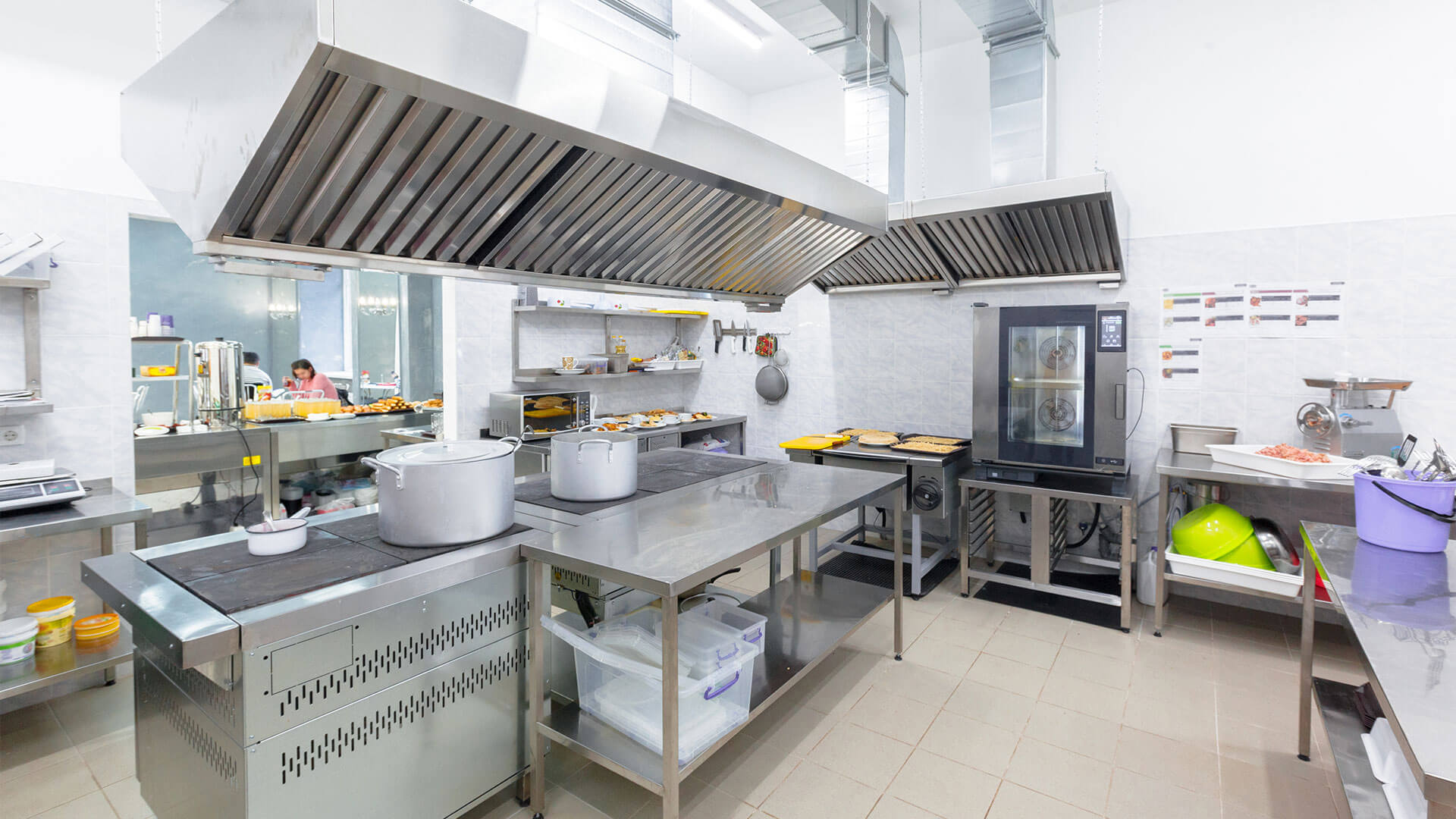Issue
Whether floors are mopped or cleaned using an automatic scrubber, most cleaning professionals believe their job is done once completed. However, while the floor may look clean, the inconvenient truth is that floor drains may be building up all types of debris, soap scum, and pathogens.
The situation is especially a problem in commercial kitchens such as in foodservice. Food particulates, spills and other liquids are intentionally sent down drains every day in these industries as it is the fastest to dispose of this waste.
Over time this causes a build-up in floor drains that can cause several problems.
- Odours
- Bacteria and viruses that can thrive in floor drains
- Drain flies, moth-like creatures, that reproduce approximately every 48 hours, resulting in an infestation in little time
- Biofilm that supports and protects unwanted harmful bacteria and other pathogens
- Slime, yeast, and fungi that can form harmful moulds
- Oil and grease build-up that clog drainpipes and represent a fire risk
- Limescale and mineral deposits, which can also clog drains
In a food service facility, many of these issues can lead to fines and in worst case incidents the closing of a facility by public health officials.
The risk of cross-contamination from poorly maintained drains in commercial / food service kitchens is significant.
These are all-too-common issues for commercial kitchens in hotels, F&B outlets, canteens, hospitals, schools, etc.
A drip system using a conventional chemistry-only product such as a degreaser, disinfectant and or deodorizer is doomed to failure for three reasons:
- Drip systems deliver a liquid rather than a foam and so will only treat the lowest center of gravity surface areas of the internal drainpipe surfaces.
- Being a chemical, it has limited capacity, and so will exhaust itself before it moves through the entirety of the drainpipe.
- Being a chemical, it has no capacity to move across all the internal surfaces of the drainpipe and address the biofilm that is present throughout the entirety of the internal circumference of the drainpipe.
Solution
To address the issues, Z BioScience recommends a simple and effective 2-step approach, using its Probiotic BioSurfactant Cleaners.
Procedure
Restorative Maintenance Step
Foam MAX Probiotic BioSurfactant Degreaser & Cleaner (MAX) into the drains to address and remediate the source of the problem.
For a commercial kitchen environment, the contaminants in the drain will likely have a significant grease and fat content.
MAX is what is needed for this application because of its excellent degreasing capacity.
Foaming MAX at a dilution of 1:10, MAX will:
- Fill the entire interior of the drainpipe so that the product is deposited as much to the upper regions of the pipe (where liquid product will be unlikely to reach).
- The foam will ensure longer residency / dwell time of MAX on the surfaces, making it more effective.
- The foam, as its being pumped / forced into the drainpipe provides a level of physical pressure and soil surface contact friction that helps breakdown and remove physical buildup of contaminants.
Initially, to restore proper functioning of the drainpipe, as well as address the issues of odours and unwanted pathogens, MAX may need to be foamed into the drain for 2 to 7 consecutive days as a ‘shock’ treatment. This would bring the drains back to an acceptable base line level of performance and hygiene from which a less intensive ongoing Preventative Maintenance protocol would be effective.
Ongoing Preventative Maintenance Step
After this initial Restorative process, MAX should be foamed into the drain every 1 or 2 or 3 months as part of the ongoing Preventative Maintenance protocol.
Furthermore, once the initial Restoration process has been completed, MAX can be applied to the drains in liquid form, at a 1:10 dilution, via:
- A manual process, or
- An automated drip system
Cleaning Kitchen Floors with Compatible Products
The use of conventional floor cleaning chemical products used daily for the cleaning of kitchen floors, that are washed down the drains, may compromise the probiotics in MAX.
Kitchen floors should be cleaned with a probiotics cleaner that is compatible and synergetic with MAX.
Z BioScience Probioitcs Biosurfactant options for cleaning floors include:
- MAX Degreaser & Cleaner for kitchen floors where grease is an issue.
- All Surface Plus for kitchen floors where grease is a minimal issue.
- MultiTask for kitchen floors where grease is not an issue.
The probiotics in all three of these products, when used to clean the kitchen floor, will complement, and support the ongoing use of MAX in the drain drip system via what goes into the drain.


